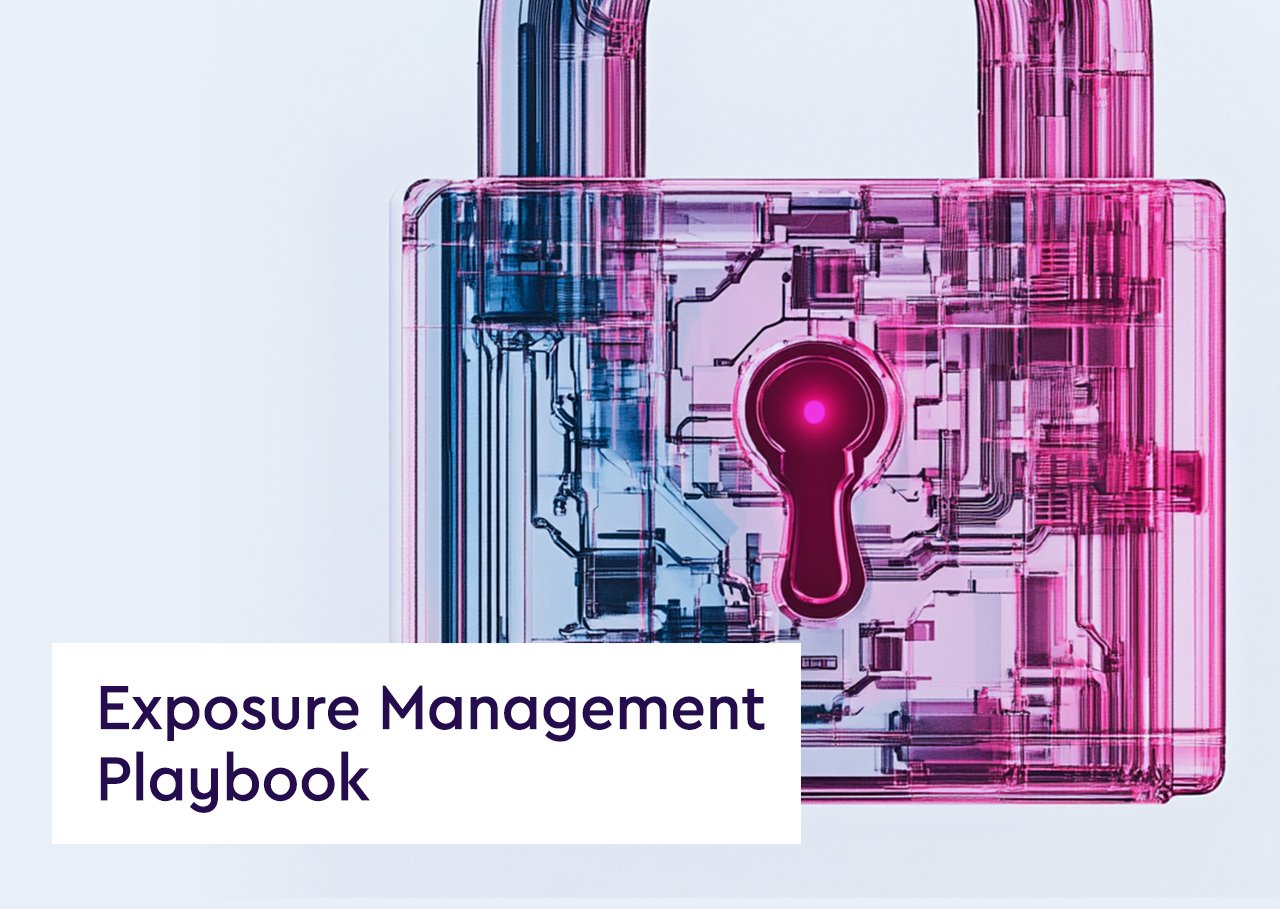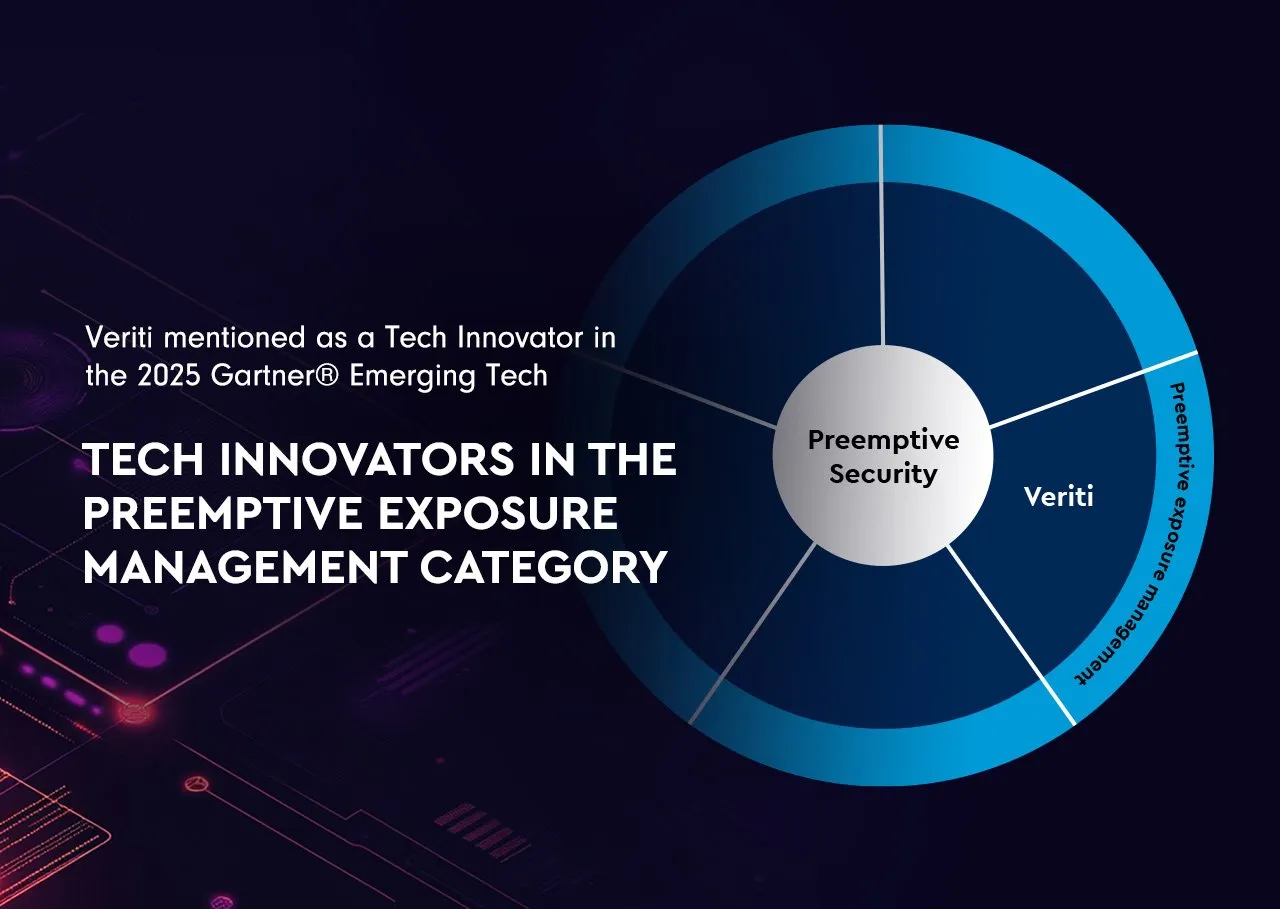Definition: Container security refers to the practices, processes, and technologies designed to protect containerized applications from unauthorized access and malicious attacks throughout the container lifecycle. This includes securing the container runtime environments, the container images, the underlying infrastructure, and the software supply chain involved in deploying and managing containers.
Key Aspects of Container Security:
- Container Images Security: Ensuring that container images are free from vulnerabilities and configurations that could expose them to attacks. This involves scanning images for known vulnerabilities and using trusted base images from secure registries.
- Runtime Protection: Monitoring containerized applications at runtime to detect and respond to suspicious activities or breaches. This includes network segmentation, traffic filtering, and the use of runtime security solutions.
- Orchestration Security: Securing the orchestration tools such as Kubernetes, which manage the scaling, placement, and lifecycle of containers. This involves configuring role-based access controls, using strong authentication methods, and monitoring the integrity of the orchestration platform.
- Network Security: Implementing network policies that isolate containerized applications from each other and from the underlying host, minimizing the risk of lateral movement in case of a compromise.
- Compliance and Governance: Adhering to regulatory requirements and best practices by implementing security policies and controls around the deployment and operation of containerized applications.
Benefits of Container Security:
- Enhanced Protection: Protects sensitive data and critical applications from unauthorized access and cyber threats.
- Regulatory Compliance: Helps organizations comply with industry standards and regulations that govern data security and privacy.
- Operational Efficiency: Increases operational efficiency by enabling safe and rapid deployment of containerized applications.
- Scalability: Supports the dynamic scaling nature of containerized applications while maintaining security posture.
Best Practices for Container Security:
- Regular Vulnerability Scanning: Continuously scan container images and registries for vulnerabilities and misconfigurations.
- Immutability of Containers: Deploy containers as immutable artifacts, which are not modified after deployment. Any changes should trigger a new deployment cycle.
- Least Privilege Access: Ensure that containers and container orchestration systems operate with the least privilege necessary to function.
- Security in the CI/CD Pipeline: Integrate security tools and practices into the continuous integration/continuous deployment (CI/CD) pipeline to detect and mitigate risks early in the development cycle.
Container security is essential for organizations leveraging containerized applications to ensure that their deployments are secure from development to deployment and operation. By implementing broad container security practices, organizations can protect their infrastructure from potential threats, comply with regulatory requirements, and facilitate the secure use of container technologies.




